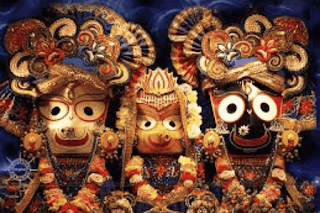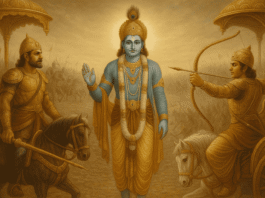The Jagannath Temple, located in the Indian state of Odisha, is not just a place of worship but also a unique symbol of Indian culture and deep-rooted faith. Dedicated to Lord Jagannath, a form of Lord Vishnu, the temple is world-famous for its grand Rath Yatra (chariot festival). Every year, millions of devotees participate in this spectacular religious event, making it a truly extraordinary celebration of devotion.
The Rath Yatra of Lord Jagannath
During the Rath Yatra, the idols of Lord Jagannath, his sister Subhadra, and his brother Balabhadra are placed on magnificent chariots and taken from the Jagannath Temple to the Gundicha Temple. This procession covers a distance of about 3 kilometers. Thousands of devotees gather with the desire to pull these sacred chariots, considering it a great honor and spiritual act. This tradition reflects the spirit of devotion, service, and community.
History and Construction of the Temple
It is believed that the Jagannath Temple was built in the 12th century by the famous king Anantavarman Chodaganga Deva of the Ganga dynasty. The architecture of the temple is an excellent example of the Kalinga style, characterized by intricate stone carvings and a towering spire that adds to its grandeur and spiritual aura.
Unique Features of the Temple
Inside the temple complex, the wooden idols of Lord Jagannath, Lord Balabhadra, and Goddess Subhadra are enshrined. These idols are replaced every 12 to 19 years in a sacred ritual known as Nabakalebara, a mysterious and deeply spiritual ceremony carried out with strict traditional practices.
Mughal Period and Temple Protection
During the Mughal era, especially under Emperor Aurangzeb, the temple faced several attacks. On multiple occasions, the idols of the deities were moved to secret locations to protect them from invaders. Despite these threats, the temple stood strong due to the unwavering faith of the devotees and the dedicated service of the priests.
Conclusion
The Jagannath Temple of Puri is not just a religious site—it is a priceless jewel of India’s cultural heritage. As the spiritual heart of Odisha, it demonstrates how faith, tradition, and devotion can preserve a legacy that remains vibrant and alive through centuries.




